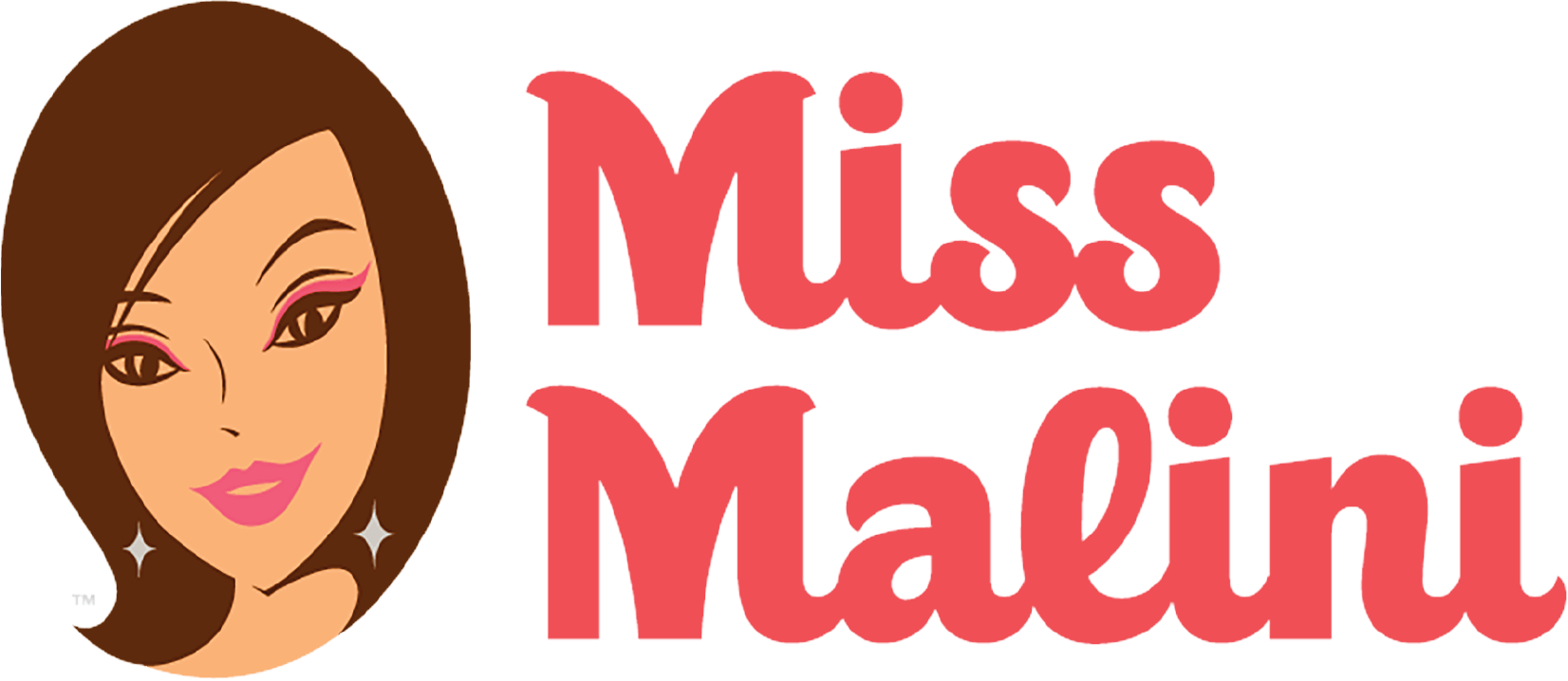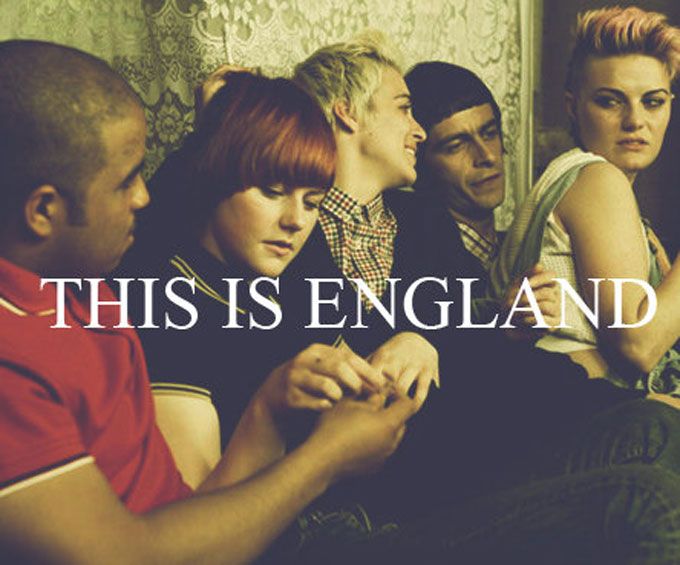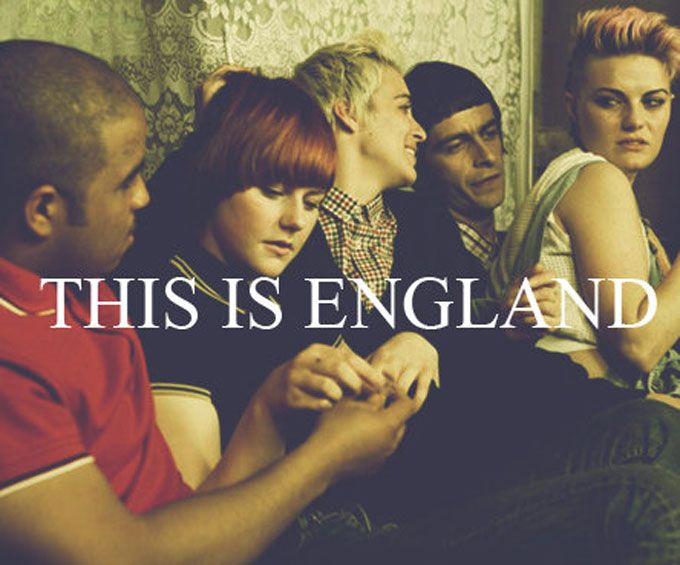
British street style was never about fitting in. It wasn’t about designer labels, fashion weeks, bloggers or social media even. Long before Kate Moss, Agyness Deyn, Coldplay, Sienna Miller, David Beckham and most recently, Cara Delevingne, the stage for one of the biggest street style influences was set by rebels, punks and a love of an alternative kind. The streets weren’t about following rules or trending.
British street style was born out of the sheer desire to stand out. In this blog, BandraRoad will be decoding the various forms of British street fashion that have shaped mood boards for some of the biggest names in fashion including ICEBERG, Versace,
Vivienne Westwood
and ASHISH.
While music elements fuelled the uprising, these are the most prominent British street style sub-cultures that led the fashion revolution.
Mod: ’60s to ’70s
What is now known as Mod revivalist was born in the ’60s from the love of Modern Jazz. The kids back then were so influenced by their Jazz music icons that they dressed like them. Looking into the past and vintage styling elements, even today, the Mods’ influences are strong because being street isn’t only for the punks and it certainly was never necessarily supposed to be only about the grit, dirt or grunge.
What they wore: Lot’s of tailored tweed, oxfords shoes, newspaper boy hats and suspenders.

Soul Style: Late ’70s to early ’80s
This sub-culture is characterised by the gentlemen-meets-Jamaican vibes way of life. Today, I would call them ‘Street-prep’. Though the style started as a semi-polished way of casual dressing (also stylised as ‘casj‘), sports influences soon crept into casuals.
What they wore: Cool kids dressed in their street gear that included Lacoste, Fila, Adidas (again!) at the football field.
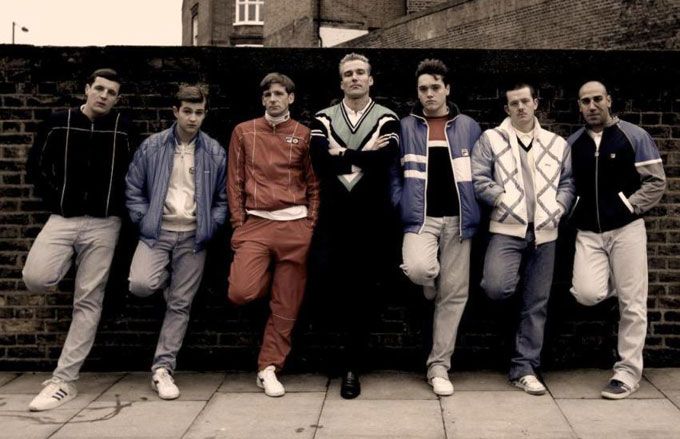
Skins and Scooter heads: ’80s
Led by buzz-cuts, acid jeans and the working class style influences, the Skins and the Scooter heads spearheaded a style storm in the ’80s. Before the skins turned into political gangs frowned upon by the press and society, they were cool. In fact, some of the kids back then left their ‘skin’ tags and turned into scooter heads. Why scooter? Because they were obsessed with the scooter culture that was rooted in the Mod culture of the ’60s.
What they wore: Ben Sherman, Doc Marten boots and suspenders.

Jungle, B-Boy, Bloc Parties: Late ’80s to the early ’90s
Born in the underbelly of the rave culture, house music and break-beat inspired a new sub-division of style with the shades of trip-hop and Jungle. These kids were all about the hip-hop with American classic street influences in a more eclectic set-up. Soon, the street parties began and were popularly labelled as ‘Bloc Parties’.
What they wore: Baseball hats, colourful activewear, vibrant prints and street influenced looks by high-end labels like Versace & Iceberg.
Grunge: Early ’90s
Soon after Guns ‘N’ Roses, Nirvana and Bush, the Grunge culture unleashed its presence onto the streets of England. The style was signified by boy-next-door vibes that turned into political rocker rebels who inspired a generation – characterised by bought-off-the-counter style and influenced by street photography and album covers. It was the dawn of the common people coming together. Unlike today, grunge fashion was never about the labels but about music festivals and concerts.
What they wore: Plaid shirts, concert tees, torn jeans and sweaters, dirty converse sneakers and gritty hair. Kurt Cobain and ’90s grunge rock bands proved to be huge influences on the kids of this era.
Emo: Mid ’90s
Derived from punk, the Emo subculture, too, was angry but in a calmer way. The genre of music and its street culture styling came from a mix of influences. Fashion wise; skinny jeans were worn low like the hip hop kids. Torn, cut-off tanks came from the rock and roll rebels, while the acid coloured hair was a punk residue. Emo was also androgynous in its form and was characterised by dark kohl eyes and straightened bangs covering the eyes. Unlike most of the above sub-cultures, Emo was the first to get a major boost because of the internet generation, namely, MySpace and YahooChat.
What they wore: Skinny jeans, studded belts, pierced lips, kohled eyes and straightened bangs. Bands like Green Day, Placebo and Fall Out Boy proved to be pin-up idols for the generations.
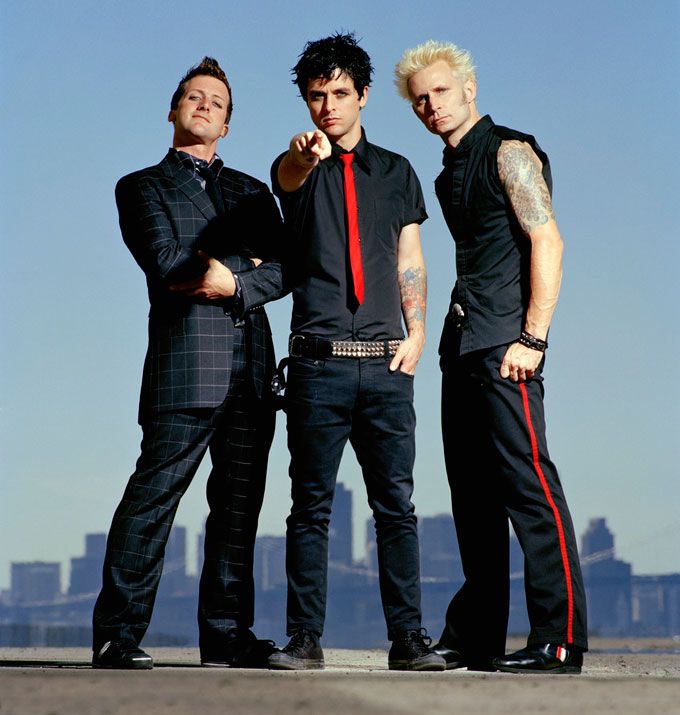
Cybergoth: Late ’90s
Soon, the age of electronic music came in with a huge tidal wave. Certain rave parties and clubs started catering to a different niche of lost kids. Playing into the new found world of digital media, style started being influenced by cyborgs. Sci-fi meets Japanese manga influences in style and the next evolution of ravers were born. Though the Cybergoth were few and frowned upon but society and other sub-groups, they yet had a culture of they’re own.
What they wore: Punk fashion got an electric boost with glowing hair extensions and accents in garments. The hair was sprayed with loud neon dyes to add a slight change to their goth and fetish influences.
Grime: Early 2000
And then came the Grime. Influenced by American Hip-Hop culture but with an intention to revolt against the preppy, mainstream Brit movement in the early 2000s, these kids were headstrong. With a ‘Wear what you want, be what you want and do what you want’ attitude, freedom of existence set the mood for this culture. Now this was still a world before social media but the internet still proved influential at its birth. Again, like grunge, grime was all about the street and rooted in the deep underbelly of the dark reality of youth life.
What they wore: Sports street wear, boiler suits and Adidas original high tops.
Wanna get a quick recap of the British street life? Get a hold on Shane Meadows‘ This Is England franchise that documented the varies sub-cultural context in England from the ‘8os leading to the early ’90s.
It’s clear that a lot of international elements influence the Brit kids and their street life. Well, that’s the thing about street culture – it watches, absorbs and gives birth to a new sub-culture that is strong with its own set of influences and signature styles.
What influences your style?
Follow us on #BandraRoad as we dissect the street for you. Stay tuned to us on Instagram, Facebook and Twitter as we share the best in streetwear and fashion with you, right here!
